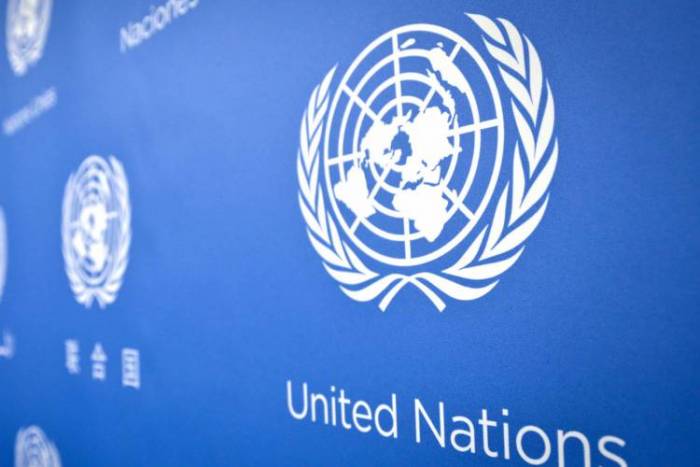Africa is expected to see a recovery in Gross Domestic Product (GDP) growth from its present 3.0 per cent to 3.5 per cent in 2018.
This is according to a statement obtained from the UN Economic Commission for Africa (ECA) website on Wednesday in Abuja.
Africa’s GDP will further grow to 3.7 per cent in 2019, according to the 2018 edition of the World Economic Situation and Prospects report (WESP2018).
The report, recently launched in Addis Ababa, Ethiopia, said the GDP growth on a per capita basis was “negligible in several African sub-regions like Central, Southern and West Africa in 2018-2019.
“These regions combined are home to nearly one-third of the global population living in extreme poverty.
“East Africa, on the contrary, was noted in the report as being the fastest growing sub-region on the continent, with GDP growth of 5.3 per cent in 2017.’’
The report was launched under the auspices of the Macroeconomic Policy Division (MPD) of ECA.
WESP, a UN flagship publication on expected trends in the global economy, was presented to a group of Ethiopia-based journalists by Mr Khaled Hussein, the Chief of ECA’s Forecasting Section.
Hussein said the report bore “some good news and some worrying news.
“The good news is that after a long period of stagnation, global economic growth reached three per cent in 2017, the highest growth rate since 2011 and the growth is expected to remain steady in the coming years.’’
The ECA Chief also said that global financial markets were “remarkably buoyant in 2017’’.
He added that investment conditions improved, providing an opportunity for countries to focus policy toward long-term issues.
The long-term issues include reducing inequalities, economic diversification and elimination of deep-rooted barriers to development.
As for the worrying news, he said, “very few least developed countries (LDCs) are expected to reach the Sustainable Development Goals (SDGs) target for growth of at least seven per cent’’.
“This is because LDCs continue to be hindered by institutional deficiencies, inadequate basic infrastructure, high levels of exposure to natural disasters, political instability and challenges to security.’’
The report said Ethiopia was leading the growth performance in East Africa despite continued weak global prices for its key exports and a re-emergence of drought conditions in parts of the country.
The country’s economic growth for 2017 is estimated at 7.3 per cent and is expected to rise to 7.5 per cent in 2019.
Hussein said that the drivers of such growth in Ethiopia “are mainly the strong domestic consumption, increase in investments and government expenditure on infrastructures like roads, energy and the construction of industrial parks for expansion of the industrial sector.’’
WESP is produced annually by the UN Department of Social Affairs, the UN Conference on Trade and Development, the five UN regional commissions and the World Tourism Organisation.
The report urges renewed efforts to reduce over-reliance on commodity revenues through economic diversification and structural transformation. (NAN)





